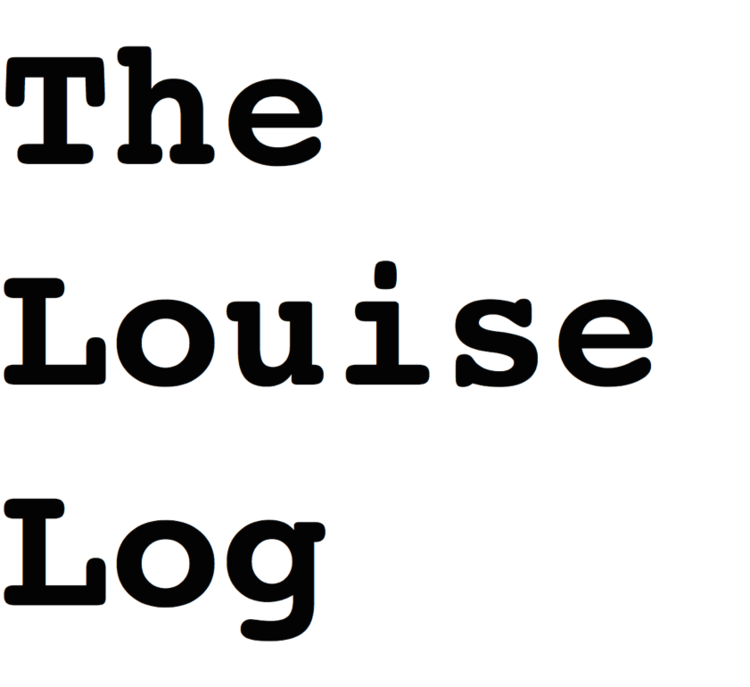(Cont'd) I assumed that the problem was that assistant film editing work wasn't sufficiently engaging. My solution was that I would learn to edit and become a film editor.
Jim Markovic, a whiz bang editor of trailers for Kung Fu movies, told me he'd seen ads in TV Guide for kits which teach film editing. I could pay a hundred dollars for unedited takes of Hawaii-Five-O and learn to edit by cutting the takes together. OR I could save the hundred dollars and practice making cuts on track fill (the rejected lab prints which editors use as filler on reels of sound track). I opted for the latter and he gave me some from his supply. Eventually he gave me twenty-four hours worth. I was going to learn to be a film editor.
My bosses Hilary, Deb and Sarah gave me permission to work on this 'project' over the weekends using the Steenbeck (editing flatbed) in our room at Maysles. With a grease pencil, I'd mark off any shot that grabbed me. I took plenty of naps. It’s exhausting to have no idea of what you’re doing.
There were a couple of shots of an intelligent-looking and gorgeous young woman (Senta Berger) in a low-cut dress taking photographs. She was at a nightclub with Trevor Howard and there was a flash attachment on her camera. After hundreds of attempts at a professional-looking edit, the most smooth and believable cut I succeeded in making was (SHOT #1) Senta Berger taking a picture (cut to) (SHOT #2) something that ‘she'd taken a picture of’. Limited as my repertoire was, I went with it.
Somewhere along the way, due to the incredibly great material in some documentary film in that pile of track fill, it became obvious that my editing exercise could itself become a film. But it needed subtitles. And it desperately needed a soundtrack.
My neighbors on Mott Street played dominoes on card tables on the sidewalk outside my windows and they usually had a boom box playing Dominican music. When I asked them who their favorite musician was, they all agreed on one man. Johnny Ventura gave me unqualified permission to use one of his songs. Unfortunately, I’ve lost that piece of paper. In our brief meeting in what felt like a converted garage on Tenth Avenue in the Fifties, Johnny Ventura radiated some kind of true beauty and smiled the smile of a more evolved being. He sat with crossed legs, the foot on top jiggling as fast as the rhythm in his fastest songs. Someone from the record company translated for us.
Subtitles were expensive but necessary. Unfortunately, I miscalculated how long they should be on screen and they add an anxiety all their own.
I named Senta Berger’s character “Louise” as she looked like an incredibly sexy librarian.
Here’s the film (4:17):
